Results
-
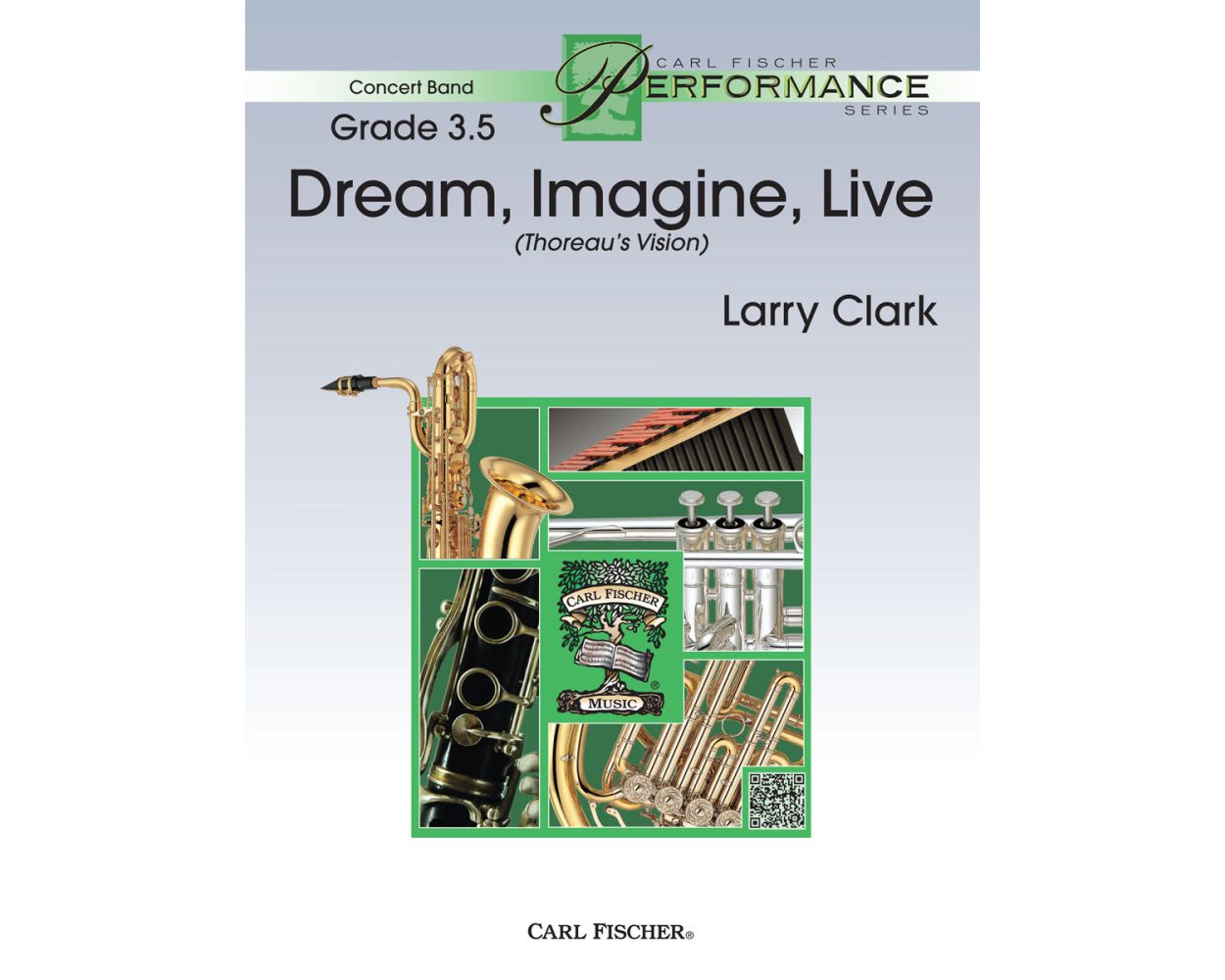 £71.00
£71.00"Dream, Imagine, Live"
The inspiration for this piece comes from one of Henry David Thoreau's most famous quotes - "Go confidently in the direction of your dreams! Live the life you've imagined." It was Thoreau's vision that we contemplate a simpler life and be deep thinkers about what we want our lives to be. The piece is divided into three distinct sections based on the same three-note motive. The first section is intense and bold, the second is introspective and lyrical and the third is dance-like, almost reminiscent of a Celtic folk song, in lilting in 6/8. This perfect contest or festival selection will highlight your band's strengths.
Estimated dispatch 12-14 working days
-
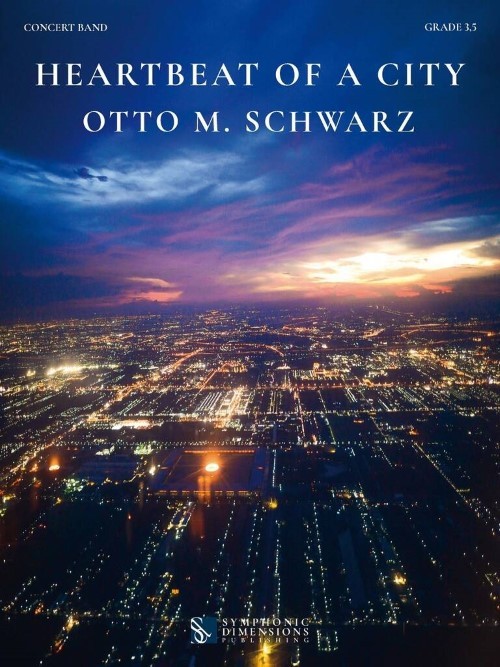 £139.99
£139.99Heartbeat of a City (Concert Band - Score and Parts) - Schwarz, Otto M.
A city is founded, it has a heart that beats. But visible achievements such as buildings and infrastructure merely bear witness to what its true heart is made of, the people who have lived, and still live, in the city. The pulse of the city, brought to life by its heartbeat, changes over time. Who hasn't seen those time-lapse images showing twinkling lines of car lights as people make their way to work, while others stand at traffic lights, only moving as if at the push of a button? These are like life flowing in the veins, driven by a strong heart. Leonardo da Vinci had already imagined the rivers as the blood vessels of the Earth. In any city, though, it's not the rivers but the movement and activities of the people who live there. The heart doesn't always beat steadily, however, but its rhythm can be influenced by joy, fear, and many other things. Every city has its own pulse. This is also true of the university city of Marburg, where people from over 100 nations now live together in a cosmopolitan and tolerant community. This work describes the city from its founding in 1222, and the charity of Saint Elizabeth, all the way to the present day.Duration: 9.15
Estimated dispatch 7-14 working days
-
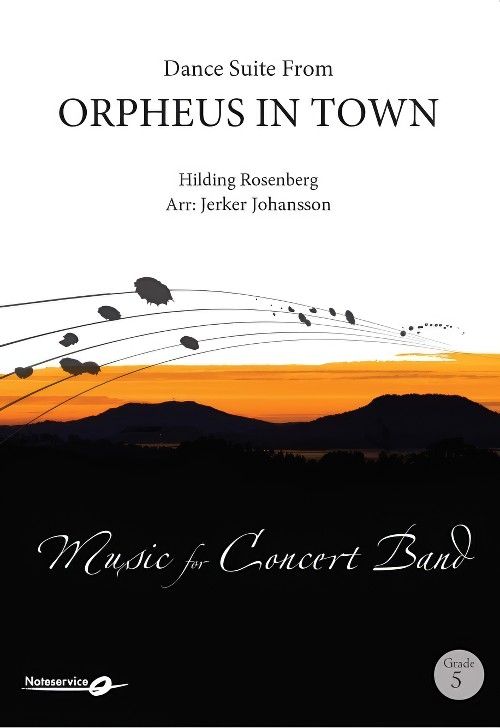 £242.50
£242.50Orpheus in Town, Dance Suite from (Concert Band - Score and Parts) - Rosenberg, Hilding - Johansson, Jerker
Dance Suite in Seven Movements. Op.75. Orpheus In Town. In 1936 the Stockholm Concert Hall was given its most distinguished artistic adornment, Carl Milles' Orpheus fountain. A Greek god lets his voice and the sounds of his lyre float over the rush and bustle of the big city far up in Ultima Thule. Two choreographers at the Stockholm Opera, Julian Algo and Vera Sager, had a brainwave. Why should Orpheus merely be a statue, a symbol of the beauty and inspiring power of music, why not give the myth about him its special Stockholm chapter as well? This is what happened: On the stage we see the columned facade of the Concert Hall and in front of it the statue group with Orpheus and the eight enraptured listeners. Suddenly the figures come to life, jump down from their pedestal and dance into the crowd at the marketplace. Orpheus, who is consumed by longing for Eurydice, begins looking for his beloved, first among other well-known sculptures in town, then in restaurants and nightclubs. At last he thinks he recognises her in a fashionable society woman and brings her to the Concert Hall. However, faced with the threat of having to spend her life in bronze at Orpheus' side, she runs away. She wasn't Eurydice after all. Or was she? For this ballet, which had its first performance at the Stockholm Opera in 1938, Hilding Rosenberg wrote vital and entertaining music in a style which is unusually to the point, and with a bright and strong orchestration. The music in the Dance Suite from Orpheus in Town is taken from the dance scenes at the nightclub: guests and a bartender perform, finally also Orpheus and his entourage. The suite consists of: 1. Rhythm of the Times (2.00); 2. Bartender's Dance (1.30); 3. Girl's Dance (1.00); 4. Dance of the Negress (2.30); 5. Trio Dance (1.30); 6. Tango (2.00); 7. Finale (1.30). Total duration: 14.00.
Estimated dispatch 7-14 working days
-
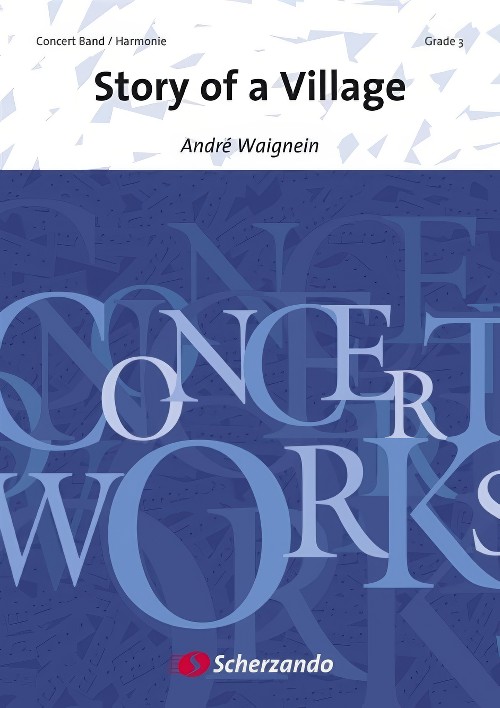 £139.99
£139.99Story of a Village (Concert Band - Score and Parts) - Waignein, Andre
This work relates the story of Maasbracht, a town on the banks of the Meuse River in the Dutch province of Limburg. Like all fairy tales, the story begins serenely with ?Once upon a time?? The music evokes the atmosphere of this very pleasant region, where the gentle way of life is the key to happiness. A lively and joyful passage depicts the cheerfulness of the people of Maasbracht. Maasbracht, like many other towns, suffered during World War II: sound colours darken and pictures of destruction run through our mind. In the midst of despair there is hope, from grief comes new life. The future looks promising. The work leaves Maasbracht, looking forward to the 21st century with confidence. A highly descriptive work that is suitable for any concert or contest situation.Duration: 10:00
Estimated dispatch 7-14 working days
-
£106.95
Dream, Imagine, Live - Larry Clark
The inspiration for this piece comes from one of Henry David Thoreau's most famous quotes - Go confidently in the direction of your dreams! Live the life you've imagined. It was Thoreau's vision that we contemplate a simpler life and be deep thinkers about what we want our lives to be. The piece is divided into three distinct sections based on the same three-note motive. The first section is intense and bold, the second is introspective and lyrical and the third is dance-like, almost reminiscent of a Celtic folk song, in lilting in 6/8. This perfect contest or festival selection will highlight your band's strengths.
Estimated dispatch 7-14 working days
-
 £139.99
£139.99Story of a Village - André Waignein
This work relates the story of Maasbracht, a town on the banks of the Meuse River in the Dutch province of Limburg. Like all fairy tales, the story begins serenely with ?Once upon a time?? The music evokes the atmosphere of this very pleasant region, where the gentle way of life is the key to happiness. A lively and joyful passage depicts the cheerfulness of the people of Maasbracht. Maasbracht, like many other towns, suffered during World War II: sound colours darken and pictures of destruction run through our mind. In the midst of despair there is hope, from grief comes new life. The future looks promising. The work leaves Maasbracht, looking forward to the 21st century withconfidence. A highly descriptive work that is suitable for any concert or contest situation.
Estimated dispatch 7-14 working days
-
£179.99
Amazonia - Jan van der Roost
This major concert work cosists o five movements.1st movement: La Laguna del ShimbeSituated high up in the Andes mountains in Northern Peru are the Huaringas, a group of lagoons in isolated and mysterious surroundings. The water has healing powersand for centuries traditional healers have settled there in small villages. From far the sick come to the Huaringas to be treated in nightly rituals, in which the hallucinating juice of the San Pedro cactus gives the prophet a look inside hispatient. The biggest lagoon is the "Laguna del Shimbe", one of the countless wells of the immense Amazon stream.2nd movement: Los AguarunasFurther downstream in Northern Peru we come across the rain tribe of Los Aguarunas. It's a proud, beautiful andindependent race, which has never succumbed to domination, not even from the Incas. They live from everything the forest has to offer: fish, fruit, plants, ... . They also grow some crops and live as semi-nomads. They take their fate into their ownhands and after having made contact with modern civilisation, they have integrated new elements into their lives without betraying their own ways.3rd movement: MekaronMekaron is an Indian word meaning "picture", "soul", "essence". The Indians are theorigina inhabitants of the Amazon region. They either live in one place as a group or move around a large region. They all have their own political system, their own language and an intense social life. At the same time they are master of music andmedicine. "Everywhere the white man goes, he leaves a wilderness behind him", wrote the North American Indian leader Seatl in 1885. As a result of these contacts with the whites, the disruption of most Indian societies began. (In this century alone,80 tribes have vanished completely).4th movement: KtuajThis is the name of the initiating ceremony of the Krah tribe in the Brazilian state of Goias, in which young boys and girls enter adult life. They are cleansed with water, painted with redpaint and covered with feathers, after which the ritual dance holds the entire tribe spell-bound.5th movement: Paulino FaiakanIn 1988 the Indian chiefs Faiakan and Raoni Kaiapo came to Europe to protest against the building of the Altamira dam inBrazil. As a result of the dam the Indians would be driven from their traditional land and enormous artificial would be created. The project was supported financially by, amongst others, the European Community. In February 1989 the Indian tribesaround Altamira held a protest march for the first time in their history together. Amongst other things they paid tribute tot Chico Mendez, who, murdered in 1988, was the leader of the rubber syndicate and a fierce opponent of the destruction of theBrazilian rain forest. Brazilian and world opinion was awakened. The building of the dam was -albeit temporarily - stopped.
Estimated dispatch 7-14 working days
-
 £169.99
£169.99Leonardo - Otto M. Schwarz
Leonardo by Otto M. Schwarz is an 11-minute work for Concert Band based on the life and work of Leonardo da Vinci.Born in Italy in 1452, da Vinci was a polymath of the Renaissance period whose interests included astronomy, philosophy, science and mathematics as well as the visual arts. He is considered one of the greatest painters of all time - who does not know of his famous 'Mona Lisa' or 'The Last Supper'?Inspired by da Vinci's notebooks, or codices, this composition takes the listener on a journey through the artist's incredible career. Through his music, Schwarz brings da Vinci back to life. The listener will beable to sense the passion, and the urge for innovation that set da Vinci apart as one of the most remarkable thinkers of the 16th century.This set includes a score and parts.
Estimated dispatch 7-14 working days
-
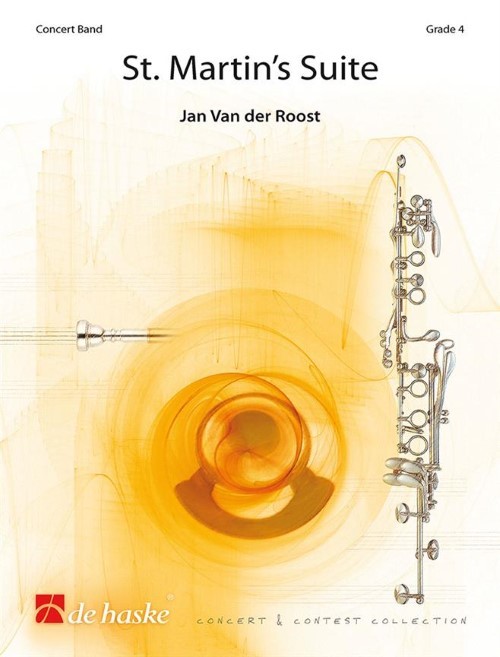 £149.99
£149.99St. Martin's Suite (Concert Band - Score and Parts) - Van der Roost, Jan
This suite was composed by Jan Van der Roost on the occasion of the 110th anniversary of the 'Koninklijke Sint Martinusfanfare' (Royal Saint Martinus Fanfare Band) from Halle (Belgium). The composer was required to create a suite in three movements based on three images associated with the 'Sint Martinusfanfare' from the small town of Halle in the province of Brabant. The first movement (Andante Pomposo) describes Martin, a soldier in the Roman army. In Andante Moderato we see the image of Martin, who become a Christian and chooses to devote his life to God. In this movement, the composer was inspired by the Brabantine gothic art of the Sint Martinus Basilica in Halle. The contrast between the dark Basilica and the statue of Our Lady between the soaring pillars will vividly come to life for audiences of this descriptive piece. The final movement, Allegro Molto Vivace', could have been an image for a frivolous peasant in the Halle carnival. In a triptych about St. Martin it is more fitting to refer to it as an apotheosis, the crown on the pastoral work of Martin, Bishop of Tours, Patron Saint of the Fanfare Band and the Basilica of Halle.Duration: 13:30
Estimated dispatch 7-14 working days
-
£106.95
Forever Climbing - Larry Clark
Forever Climbing was written as tribute to the loss of a high school band student that was tragically killed in a rock climbing accident. It is not intended as a sad piece, but as a celebration of the life of this exceptional young man. At times the piece is contemplative, but also contains a joy that is to depict the way he lived. As the piece builds to its conclusion, the listener will have a sense of fulfillment in a life well lived, even though it was cut short. A moving new addition to the band repertoire.
Estimated dispatch 7-14 working days
